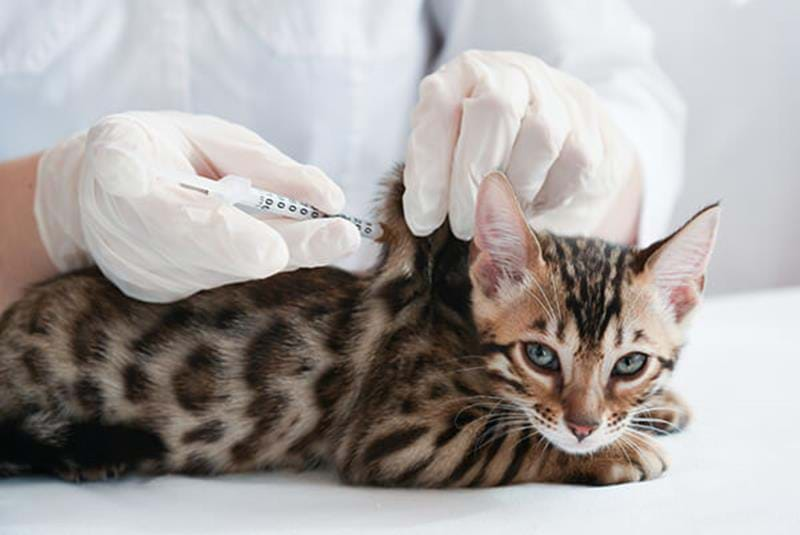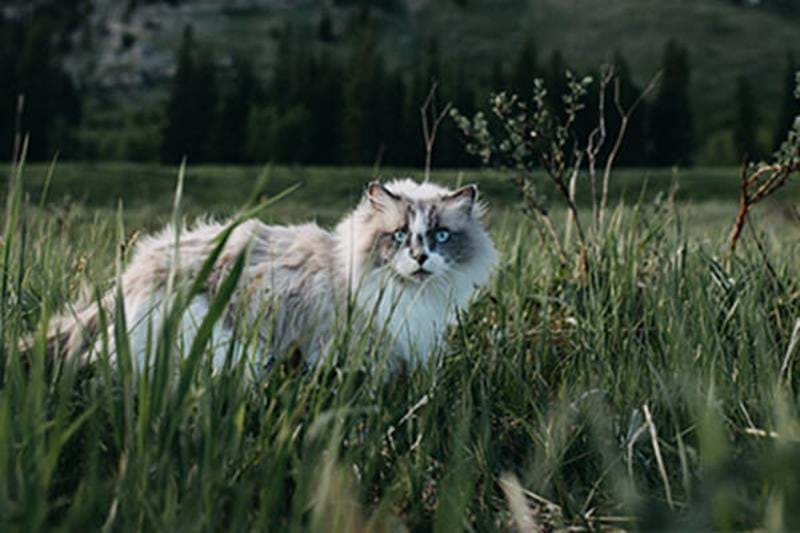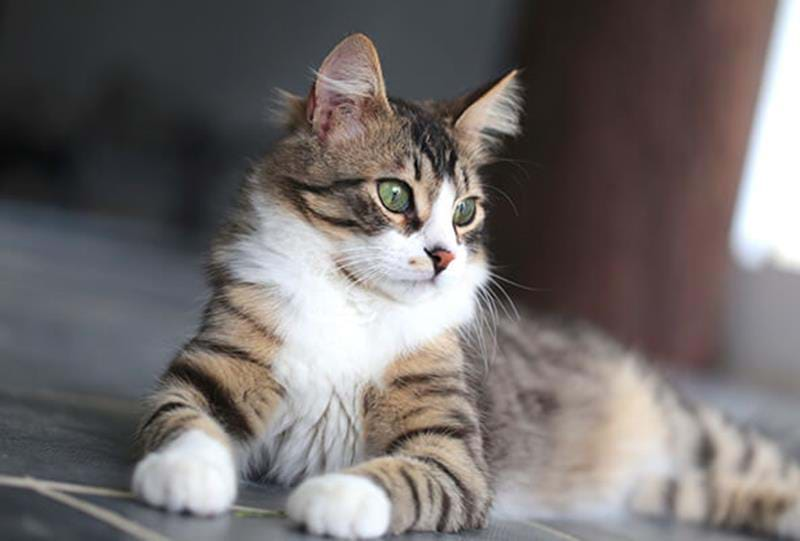When a cat grooms itself, loose fur travels down into its stomach and forms hairballs. The cat then tries to vomit the hair up as soon as possible, but if it can’t, the hair must pass through the body. With the help of fur care and a high-fibre diet, you can help your cat avoid any problems with hairballs.
HAIRBALLS CAN CAUSE PROBLEMS WITH DIGESTION
Cats are careful to stay clean and spend many hours a day grooming themselves. A risk of this grooming, however, is that loose fur travels down into the stomach and forms hairballs. Because hairballs don’t break down in the gastrointestinal tract, they can cause problems such as decreased appetite, vomiting, diarrhoea and constipation as they pass through the body.
HIGH-FIBRE FOOD HELPS
To facilitate the process, a small amount of fibre is often added to cat food. Fibre helps hairballs pass through the body more easily, reduces the risk of hairball-related problems and, in addition, slows hair regrowth. A well-functioning gut is important, so make sure you keep your cat active and that it ingests plenty of fluid. Remember to place your cat’s water at some distance from its food bowl. This increases the chances of your cat drinking properly.
- Bozita’s cat food contains everything your cat needs to feel good
- What to do with a cat that doesn’t eat or drink – tips and advice
HELP YOUR CAT WITH FUR CARE
You can help reduce the risk of hairballs by helping your cat with their fur care. Combing your cat often with an undercoat brush and a regular brush reduces the amount of fur that comes off when it grooms, and thus the amount of fur that ends up in your cat’s stomach.







